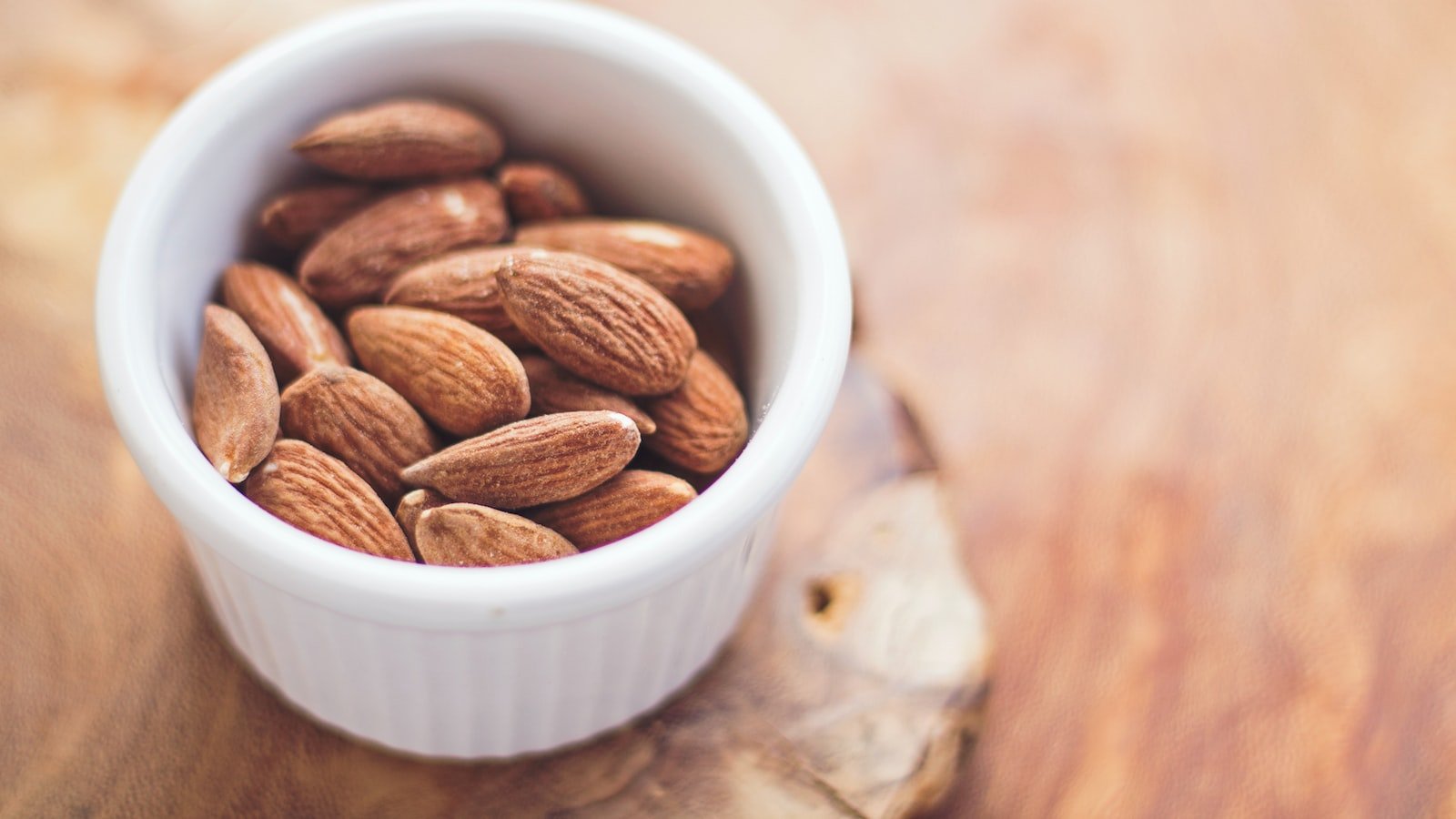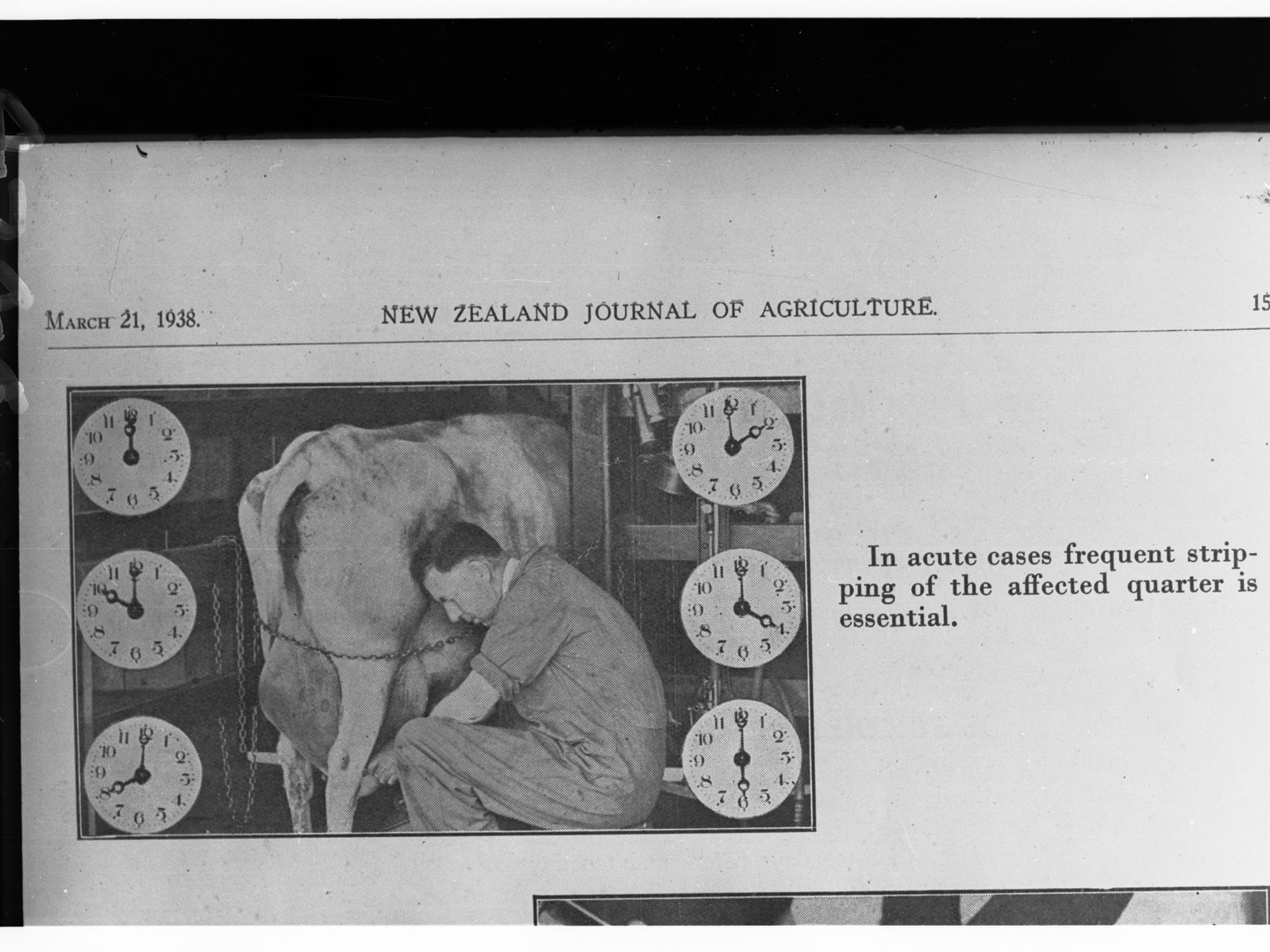Sore, painful, and draining both physically and emotionally, mastitis can wreak havoc on a mother’s breastfeeding journey. It is an unwanted visitor that stealthily creeps in, leaving every nursing mother feeling perplexed and defeated. But fear not, dear moms, for this comprehensive guide is here to provide solace and empower you with the knowledge and tactics needed to conquer mastitis once and for all. Whether you are a new mother struggling to understand the mysterious symptoms or an experienced mama determined to prevent its return, let us embark on this journey together, unraveling the secrets of mastitis management, and embracing the joy of nurturing our little ones without any unnecessary hurdles.
Table of Contents
- Understanding Mastitis: Causes, Symptoms, and Risk Factors
- Effective Strategies for Prevention: Maintaining Proper Breast Health
- Managing Mastitis at Home: Remedies and Self-Care Tips
- When to Seek Medical Attention for Mastitis: Signs of Complications
- Supporting and Educating Other Moms: Spreading Awareness about Mastitis
- Q&A
- To Wrap It Up
Understanding Mastitis: Causes, Symptoms, and Risk Factors
Discovering the intricacies of mastitis is essential to understanding its causes, symptoms, and the factors that may increase the risk of developing this condition. Mastitis, a common breast infection, affects women during their breastfeeding journey. It is crucial to be aware of the underlying reasons for its occurrence and to recognize its symptoms promptly.
Causes:
- Poor breastfeeding technique: Improper latching or inadequate milk drainage can lead to milk stasis, creating an ideal environment for bacteria to thrive.
- Cracked or damaged nipples: Open wounds provide an entry point for bacteria, increasing the chance of infection.
- Engorgement: When the breasts are overly full, milk flow can be obstructed, leading to inflammation and infection.
Symptoms:
- Breast pain: Often accompanied by swelling, warmth, or redness, the affected area may feel tender or painful to touch.
- Fever and flu-like symptoms: In some cases, women may experience a high temperature, fatigue, body aches, and chills.
- Visible discharge: Pus or blood may be present in the milk or oozing from the nipple.
Risk Factors:
- Inadequate hygiene: Not maintaining cleanliness during breastfeeding can introduce harmful bacteria to the breasts.
- Poor immune system: A weakened immune system can reduce the body’s ability to fight off infection.
- History of mastitis: Previous episodes increase the likelihood of experiencing mastitis again.

Effective Strategies for Prevention: Maintaining Proper Breast Health
Regular breast health maintenance is essential for early detection of any potential issues. By implementing effective strategies for prevention, you can take proactive steps towards maintaining optimal breast health.
Here are some key strategies to keep in mind:
- 1. Self-Examination: Perform monthly breast self-examinations to become familiar with the normal feel and appearance of your breasts. Look for any changes such as lumps, dimpling, or redness, and report any concerns to your healthcare provider immediately.
- 2. Healthy Lifestyle: Maintain a well-balanced diet that includes a variety of fruits, vegetables, whole grains, and lean proteins. Regular exercise can also help reduce the risk of breast cancer. Aim for at least 150 minutes of moderate-intensity aerobic activity each week.
- 3. Screenings: Follow the recommended guidelines for mammograms and other breast screenings based on your age and risk factors. These screenings can detect potential issues at their earliest stages, increasing the chances of successful treatment.
- 4. Limit Alcohol and Tobacco: Excessive alcohol consumption and smoking have been linked to an increased risk of breast cancer. By reducing or eliminating these habits from your life, you can help protect your breast health.
- 5. Regular Check-ups: Schedule regular check-ups with your healthcare provider to discuss any concerns you may have and to ensure that your breast health is being properly monitored.
Maintaining proper breast health is a lifelong commitment that requires diligence and awareness. By incorporating these strategies into your routine, you can play an active role in protecting your breast health and overall well-being.

Managing Mastitis at Home: Remedies and Self-Care Tips
When it comes to managing mastitis at home, there are several remedies and self-care practices that can provide relief and aid in recovery. Whether you are looking for natural remedies or simple lifestyle changes, these tips can help alleviate the symptoms and promote healing.
1. Frequent Breastfeeding or Expressing Milk: One of the most effective ways to manage mastitis is to ensure frequent emptying of the breasts. Breastfeeding or expressing milk regularly helps prevent engorgement, which can worsen the condition.
2. Applying Warm Compresses: Applying a warm compress to the affected breast can help relieve pain and promote milk flow. Take a clean washcloth, dampen it with warm water, and place it on the affected area for 10-15 minutes several times a day.
3. Gentle Massage: Gently massaging the affected breast can help improve blood circulation and ease discomfort. Using your fingertips, in a circular motion, massage the breast starting from the outer area towards the nipple.
4. Rest and Hydration: Rest is crucial for healing, so make sure to take ample rest and avoid strenuous activities. Additionally, staying hydrated by drinking plenty of fluids can aid in flushing out toxins and supporting the immune system.
5. Nutrition and Supplements: A well-balanced diet rich in vitamins and minerals can support your body’s healing process. Focus on consuming foods that boost immunity, such as fruits, vegetables, lean proteins, and probiotics. Consult with your healthcare provider about any recommended supplements to enhance recovery.
6. Proper Breastfeeding Technique: Improper latch or positioning can contribute to mastitis. Educate yourself about correct breastfeeding techniques and seek assistance from a lactation consultant if needed. Ensuring a comfortable and effective latch can help prevent further complications.
By incorporating these remedies and self-care tips into your routine, you can effectively manage mastitis at home and promote a faster recovery. However, if your symptoms persist or worsen, consult a healthcare professional for further evaluation and guidance.

When to Seek Medical Attention for Mastitis: Signs of Complications
Recognizing the signs of complications from mastitis is crucial for seeking timely medical attention. While many cases of mastitis can be resolved with at-home remedies, certain symptoms may indicate the need for immediate medical intervention. It’s important to be aware of these warning signs to ensure the best care and management of this condition.
1. High Fever: If your body temperature spikes above 101.3°F/38.5°C and does not subside with over-the-counter fever reducers, it could be an indication of a more severe infection. This symptom requires immediate medical attention to prevent the infection from spreading.
2. Intense Pain or Discomfort: While mastitis often causes localized pain and tenderness, if the pain becomes severe or unbearable, it may be a sign of a more complicated case. Seek medical help promptly to assess the situation and explore further treatment options.
3. Pus or Blood in Breast Milk: If you notice any abnormal changes in your breast milk, such as pus-like or bloody discharge, it could be a sign of a more serious infection. Contact a healthcare professional to determine the cause and appropriate course of action.
Remember, each person’s experience with mastitis may vary, so it’s important to trust your instincts and seek medical attention if you have any concerns. Early intervention can help prevent potential complications and allow for a faster recovery.
Supporting and Educating Other Moms: Spreading Awareness about Mastitis
Empowering Moms: As mothers, we understand the joys and challenges that come with breastfeeding. One hurdle we may encounter is mastitis, a painful condition that can disrupt our nursing journey. But fear not, dear moms, for we are here to support and educate each other about this often misunderstood condition.
Know the Symptoms: It is crucial to recognize the signs of mastitis early on to seek appropriate treatment. Symptoms may include breast inflammation, redness, tenderness, and even flu-like symptoms. As advocates for each other, let’s encourage regular self-checks and offer guidance on identifying these indicators.
Pro Tips for Relief: Amid the discomfort, there are tried-and-true remedies that other moms swear by. Encouraging frequent nursing or pumping, using warm compresses, and practicing gentle breast massage may all aid in relieving symptoms. Remember, dear moms, self-care during this time is not selfish; it’s essential for both you and your precious little one.
- Reach out to your healthcare provider promptly if symptoms persist or worsen.
- Maximize rest and self-care by seeking help with household chores or childcare from loved ones.
- Connect with other moms who have experienced mastitis to share stories, advice, and emotional support.
By standing together, sharing knowledge, and offering compassion, we can break down barriers and ensure that no mom goes through mastitis alone. Join our community as we spread awareness and support each other in this extraordinary journey of motherhood!
Q&A
Q: What is mastitis and why does it occur in moms?
A: Mastitis is the painful inflammation of breast tissue, often caused by a blocked milk duct or bacteria entering the breast. It commonly occurs in breastfeeding moms due to milk build-up or poor breast drainage.
Q: How can I recognize the symptoms of mastitis?
A: Look out for symptoms such as a hard, swollen, or reddened breast, flu-like symptoms including fever and chills, and localized pain or tenderness. If you experience these, it’s likely mastitis.
Q: Can mastitis affect my ability to breastfeed?
A: While mastitis can be painful and uncomfortable, it usually doesn’t affect your ability to breastfeed. In fact, continuing to breastfeed or pump milk helps alleviate symptoms and aids in quicker recovery.
Q: What are some remedies I can try at home for mastitis?
A: Applying a warm compress to the affected breast, massaging it to soften the area, and ensuring proper milk drainage through frequent breastfeeding or pumping are some effective home remedies to relieve mastitis.
Q: When should I seek medical help for mastitis?
A: If symptoms worsen or don’t improve within 24-48 hours of home remedies, or if you develop a high fever, seek medical assistance. A doctor can prescribe antibiotics if necessary or provide further guidance.
Q: Is it safe to continue breastfeeding when I have mastitis?
A: Absolutely! In fact, it’s highly recommended to continue breastfeeding or pumping milk even if you have mastitis. Not only does it help clear the infection, but it also ensures a steady milk supply for your baby.
Q: How can I prevent mastitis from occurring?
A: Some ways to prevent mastitis include breastfeeding frequently and ensuring proper latching, avoiding tight-fitting bras or underwire bras that may restrict milk flow, and practicing good hand hygiene during breastfeeding.
Q: Can mastitis lead to any complications?
A: In rare cases, if left untreated, mastitis can develop into a breast abscess – a collection of pus. However, with timely treatment and proper care, the risk of complications is extremely low.
To Wrap It Up
As we bring this journey of understanding and tackling mastitis to a close, the hope is that you, dear moms, will find solace and strength in the knowledge provided. We have delved into the ins and outs of this frustrating condition, aware that at times, the journey may feel overwhelming. Yet, armed with the information and strategies shared within these pages, you possess a powerful tool to fight mastitis head-on.
Remember, dear mothers, that you are not alone in this battle. Countless women have walked the path you now tread, facing the challenges, the pain, the relentless hunger of nurturing little souls. Seek support from those around you, for it is in these moments of vulnerability and shared experiences that you may find comfort and lasting connections.
As you explore the various remedies, techniques, and preventative measures detailed here, let this guide serve as a beacon of understanding, shining light on the shadows of uncertainty. Embrace the power of knowledge, the power to identify the signs and symptoms, to seek early intervention, and to care for yourself unapologetically. For only when your well-being flourishes can you provide unwavering love and care to your little ones.
While mastitis may cast its shadow, it is not all-encompassing. There is strength within you, a resilience that defies the limitations set by this ailment. Let it be a reminder that you are a force to be reckoned with, a mother who adapts and overcomes every challenge thrown in her path.
So, dear moms, as you embark on this newfound understanding, let it be a journey of self-empowerment, resilience, and self-love. Lean on this guide when in doubt, embrace the power of knowledge, and never waver in seeking the support you deserve. From one warrior to another, may you emerge from this battle victorious, armed with strength, compassion, and an unyielding spirit.
As an affiliate, my content may feature links to products I personally use and recommend. By taking action, like subscribing or making a purchase, you’ll be supporting my work and fueling my taco cravings at the same time. Win-win, right?
Want to read more? Check out our Affiliate Disclosure page.